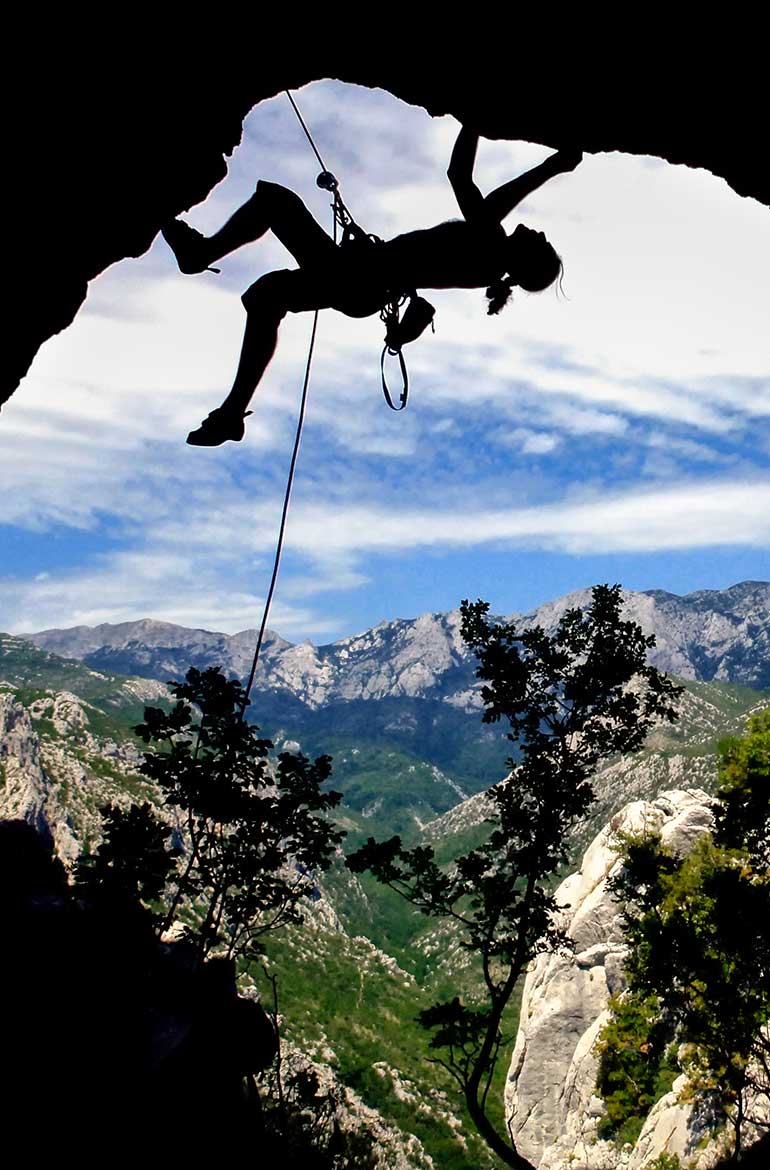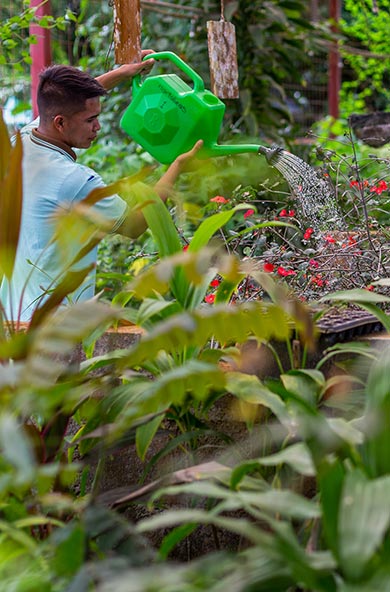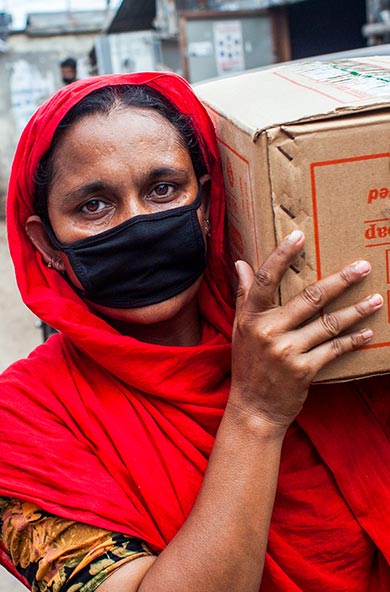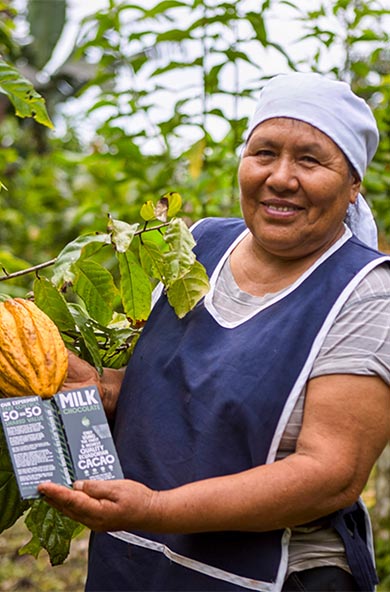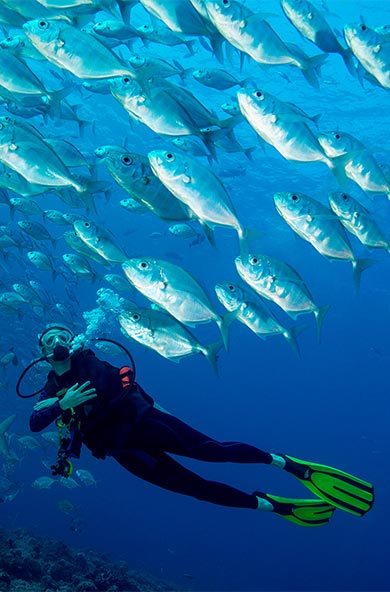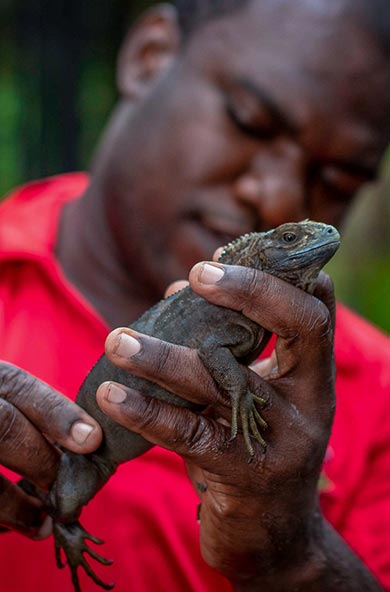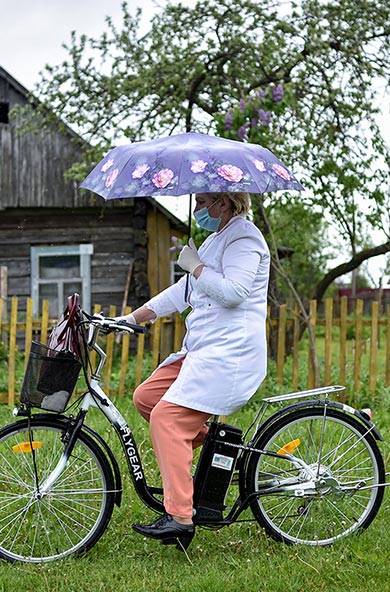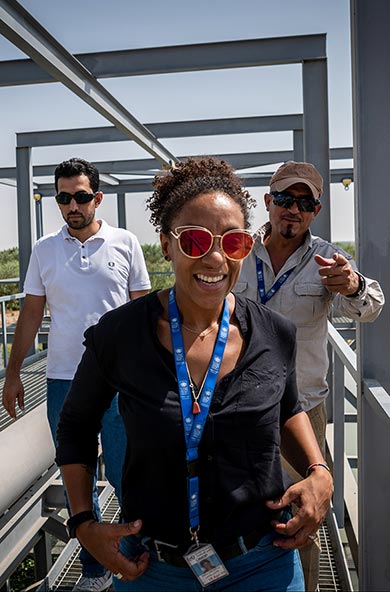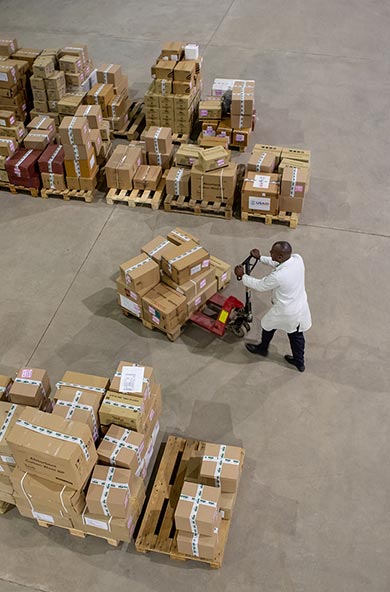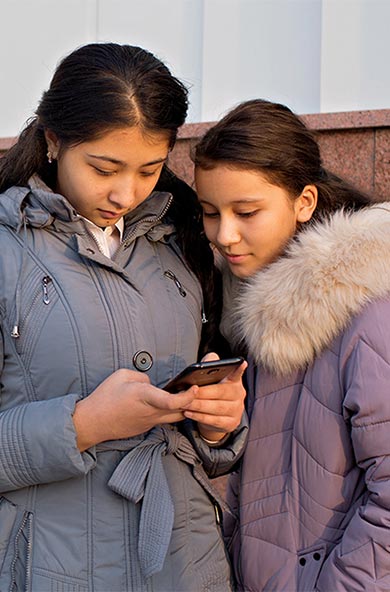The way we communicate the issue has a different impact on different audiences

We typically communicate climate change focusing on rising ocean levels, more intense storms and droughts. But we rarely connect the dots to the social and economic impacts.
During the last decade working on climate change, I’ve witnessed how the way we communicate the issue has a different impact on different audiences. Tailormade messages and differentiated approaches have proven to be the most effective for me. I’m sharing my top tips to help you communicate climate change to your audience.
Take on the role of a climate change translator
To motivate our audience to take action, we need to avoid the “one speech for all”.
If you are working on climate change, and you want to share your message across different audiences, the first thing you need to consider is, who is listening or reading. Make sure you are tailoring your message for the intended audience.
I often see colleagues in our industry communicating in a way that assumes that people understand them. All the technical jargon, the acronyms and technical concepts tend to alienate people. We don’t need to sound smart to be smart, especially when not everybody has the same access to knowledge and awareness of the topic.
We need to resonate with our audience. We must identify their motivations, their objectives, and their needs. For instance, the interests and experiences of young people will be different than those of government officials. How they speak or what kind of words will impact them will be different too.
When talking to the private sector, I’ve seen that focusing on how their businesses can be affected by climate change, talking about how climate action can help them be more efficient, more competitive, and gain access to new markets can go a long way.
We should make more conscious attempts to better communicate outside of our echo chamber. The same way that an interpreter translates from one language to another so more people can understand, we need to be “climate interpreters” to help bring more people into the conversation.
If you are afraid of oversimplifying concepts or not being scientifically accurate, don’t forget that there is a big difference between simple and simplistic. We don’t want to be simplistic, but being clear and simple will really help you to get your message across.
Make it human
Climate change is no longer an exclusively scientific issue, it is also a socio-economic development issue.
Yet, we can go out to the streets and start asking people about climate change, and you’ll be surprised to see how many don’t understand the term, although they do feel the impact.
I typically see how people communicate about climate change focusing on the physical impacts, such as the rising sea levels, the polar ice caps melting, and extreme weather events, but often don’t connect the dots to the social and economic impacts.
To change this perception, it’s necessary to tell the story differently - using metaphors, analogies, and real life examples. Focus on the human side, explain how climate change can affect different aspects of their current lifestyle, such as purchasing power, the ability to work more efficiently, and make a living for themselves and their families. For example, explaining how droughts can affect the generation of electricity creating blackouts and how this impacts their livelihood, how the cost of food will rise due to floods, how fishing communities will suffer from ocean acidification.
Add a dash of hope
It’s well known that if we feel hopeless about a situation, we won’t take action to make a change. Why would we bother if we’re doomed anyway?
Yes, we need to communicate the need for urgent action, and yes, we need to sound all the alarms, but we also need to communicate hope and let people know that we can reverse the problem. That our actions count, and that collectively we can change the trajectory. The solutions are there, we just need the political will to foster the change.
Let’s inform about the different options and paths to be more prepared for the impacts of climate change. Let’s inform readers and listeners about the alternatives to help us reduce our impact. Highlight the positive and tell people what they can do to take action instead of listing only the terrible things that will happen if they don’t. Focus on sharing successful and inspiring examples or local experiences that they can relate to.
Co-create the message
If you want your message to be replicated, it needs to be co-created with the relevant audiences. If you want to reach Indigenous Peoples, you need to work with them, create the messages in a way that relates to their lives and their culture. It might need to be in their native language, so it has more impact and reaches more people.
If you are working with the private sector, you need to shape the message with them based on their knowledge of their own industries. This approach often leads to companies becoming champions or advocates who start bringing other companies into the conversation.
If you want to send the message to young people, you have to share it using their channels of communication. For example, we recently developed the Youth for Climate Action e-learning course, but we didn’t do it from UNDP only. We worked with youth organizations so that they could shape the course in the way they knew was best for young people. It was designed by youth for youth.
Get your sources right
If you are a communicator or a journalist, you know that communicating science is no easy task. You’ll need to become a “half-expert” on some topics, so you understand the issue enough to repackage it and communicate it to your audience in a more digestible way. This is especially a challenge when talking about climate change. There are countless acronyms, extensive theories, endless pages of treaties and agreements. It gets even more challenging as climate change misinformation and disinformation are so widespread and are on the rise.
But before you panic, there’s no need to become an expert on climate science to communicate it. There are resources that will help you to familiarize with the climate change terminology such as the Climate Dictionary. You can partner with organizations and institutions that are authorities in the topic who could act as reliable sources of information. You can seek fact-checking websites, such as Verified, that will help you avoid giving inaccurate or fake information. When communicating, share resources based on evidence and official sources, such as UN websites, including UNFCCC and UNDP, academic research, and reputable news sources.
Beware of greenwashing, making sure that you are communicating about real sustainable practices, and think whether you are including the different communities involved in your narrative.

 Locations
Locations
